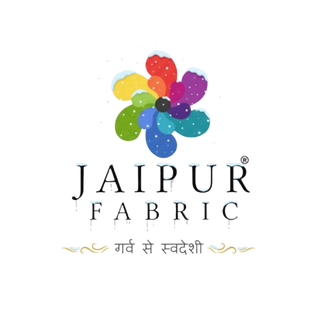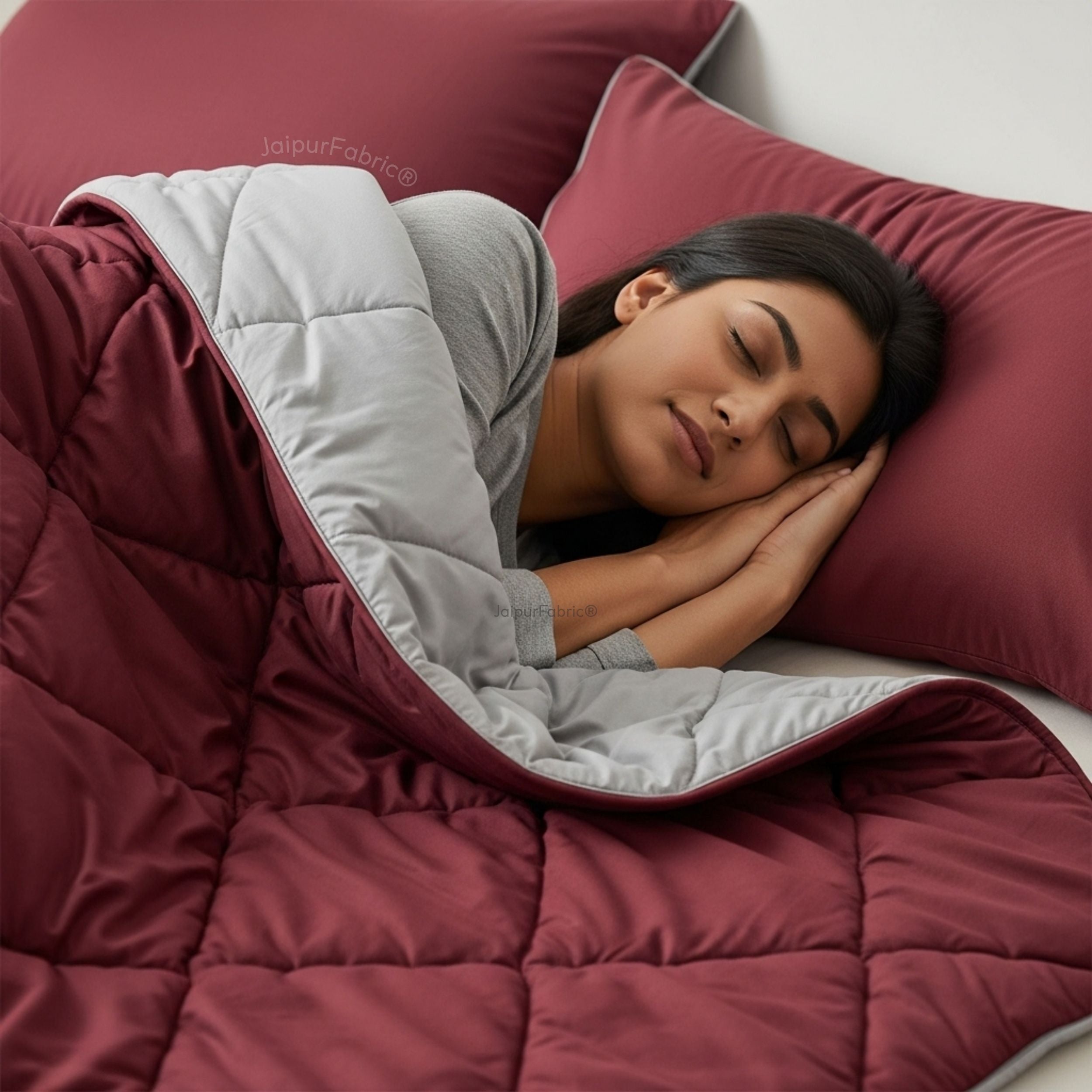Popular Block Printing TechniquesOf India

India and Indians have been associated with Block Printing for centuries. It brings us great pride and honor to be the world's largest manufacturers as well as exporters of fabric with block print. It's an age-old traditional form of art where fabrics are beautifully designed and styled with the help of wooden blocks and dyes.
Over the years, many artisans in India have been practicing the art of the Block Printing technique. It's been passed on from generation to generation and has been used in various forms of fabrics, including bed sheets and bed covers.
History of Block Printing
The earliest record of Indian Block Printing was found during the Indus Valley Civilization period around 3500 BC as there were spindles, needles, and cotton fibers that were dyed with madder (it's a form of red dye that's produced from the root of a plant called madder) were found during the excavation of the Mohenjodaro site.
Previously, the tools and blocks were not as advanced as today's tools and blocks. Modernization has affected the craft of Block Printing positively, which has caused this industry to grow immensely.
Block Printing Techniques for Bedsheets
India is the leader in the block printing world. It can boast of the different techniques and styles practiced by artisans from different regions of the country, and each style and technique can be distinguished individually. All such prints are also available for premium quality bedsheets.
.
So let's find out more about the different techniques and styles used in Block Printing.
1. Bagh Block Printing Technique
This is a handmade Block Printing technique where the colors used are completely natural as they are derived from plants(fruits, vegetables, and flowers). The color red and black is used to create the designs on a piece of fabric with a white background while the designs are inspired by the Taj Mahal, flowers, mushrooms, etc. The Bagh Block Printing technique's name has been derived from the village Bagh which is in the Dhar district of Madhya Pradesh.
2. Kalamkari Block Printing Technique
Kalamkari Block Printing Technique is a style of painting that has two distinguished methods- the Srikalahasti style and the Machilipatnam style.Srikalahasti style belongs to Srikalahasti's holy town, situated in the Chittoor district, whereas Machilipatnam style belongs to Machilipatnam, situated in the Krishna district; both towns are in the Indian State of Andhra Pradesh.
As the name suggests, Kalam-Pen and Kari-art, and it's where the Chitrakars depicts stories from the Indian mythology like the Ramayana and Mahabharata into large canvases. Later on, this art also started depicting Buddha and Buddhist art forms. It's now used in various fabric forms, including bed sheets and bedcovers, leading the art commercially.
The dyes for coloring this form of art are derived from various roots, plants, flowers, leaves, cow dung, buffalo milk, myrobalan, and various mineral salts of iron, alum, tin, and copper.
3. Ajrak Block Printing Technique
Ajrak Block Printing Technique is a technique that's practiced in the Kutch area of Gujarat, along with Khavda, Dhamadka, and Barmer areas in Rajasthan. The Ajrak Block Print is identified by its blue and red coloring along with its intricate geometric and floral patterns. The name Ajrak may have been derived from the Arabic word Azrak, which means blue as blue plays a vital role in the color scheme of this art form.
Traditionally, the Ajrak print is printed on both sides of the fabric using hands and handcrafted wooden blocks and requires a lot of patience and hard work as it's a time-consuming task. The whole process of Ajrak Block Printing may take up to two weeks' time.
4. Dabu or Daboo Block Printing Technique
Though today, the Dabu or Daboo Block Printing Technique is practiced in the Akola Village of Rajasthan, it's supposedly originated in China and eventually traveled to India's Rajasthan. There were many artisans practicing the art of Dabu printing during the early days, but eventually, over time, there were only a few artisans remaining. However, slowly it's again picking up the pace and has started to flourish.
This, too, involves a painstaking and time-consuming process as it involves a lot of washing, mud resists and drying in the sun for a few days to complete the whole process.
This was traditionally an art form that was used on ethnic wear, but over time it's been used in various other home decor products like bed covers and bedsheets, including pillowcases, cushion covers, etc.
5. Sanganeri Block Printing Technique
Sanganeri is an art form of the Block Printing Technique that is currently practiced by artisans in a village called Sanganer, which is in the southern part of Jaipur, Rajasthan, but it originated in Punjab and Sind, and the community of these artisans are known as the chippa.'
This style of Block Printing is used not only for clothing materials but also for home decor materials while the designs are florally styled, including buds, flowers, and leaves along with fruits. There are designs of jhumkas, gods, and folk scenes as well.
6. Bagru Block Printing Technique
Bagru Block Printing technique is the specialty of the village Bagru, Rajasthan, which is another popular Block Printing Technique from the land of Rajasthan. Here too, the artisans are known as chippa where they use carved blocks of wood to paint the fabric with various designs and styles.
The colors for Bagru are also naturally obtained from plants and fruits, which are normally cream-colored or a dyed base and require ample water for the printing work to be completed on the fabrics.
Though all the colors for Block Printing techniques are naturally derived, there are a few modern-day artisans who are using synthetic dyes for printing bedsheets. However, the primary form of using natural dye still remains. Thus, the fabrics that are dyed with any of the above-mentioned techniques, which could be used for garments or other home decor items like bedsheets and bedcovers don't lose color easily.Thecolors last longer; it also doesn’t bleed or fade away too easily when washed.



















